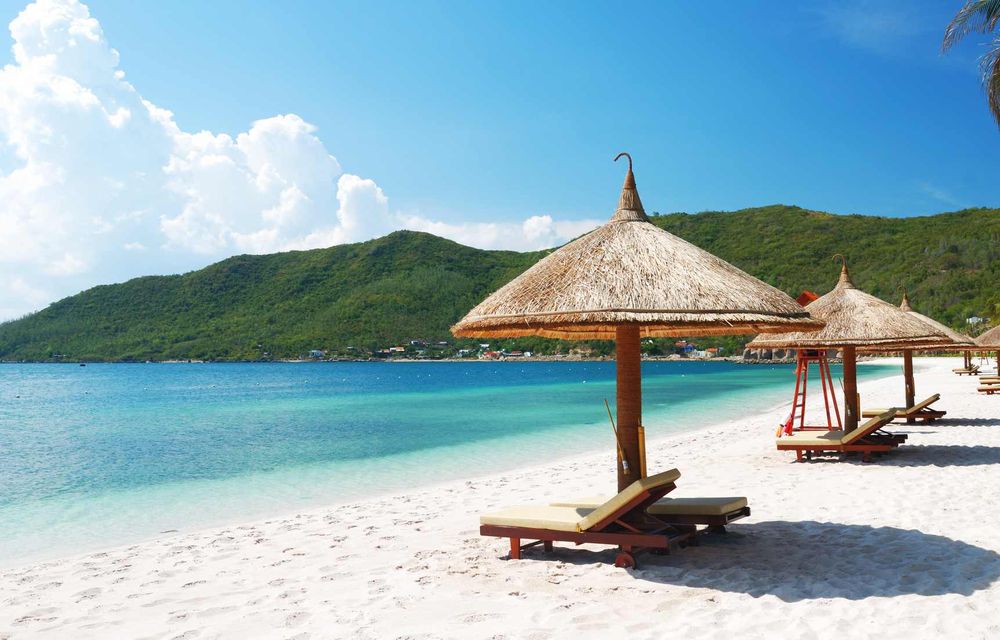Visited from North to South, the grand Portuguese castles are constantly seen in the country’s diverse landscape. Guide yourself by following their towers and they might lead you to the discovery of a new historical place.
Strategically built, often overlapping former bastions, the first Portuguese castles are a phenomenon of the Christian reconquest in the 12th and 13th centuries. In the following centuries, urban development and the need to strengthen the military defense on ground and sea frontiers, led to the building of new castles, walls and forts. Numerous villages and cities have kept their centers within these walls and many of these ancient castles have been transformed into historic areas or into superb Pousadas. From Guimarães (Costa Verde) – the nation’s cradle – to Silves (Algarve), with its enchanted castle of` Moorish legends, there are an endless number of magnificent fortresses, and from the top of their battlements, one can enjoy the spectacular view.
If your visit to Portugal starts in Lisbon, then begin with the Castle of S. Jorge, built on top of one of its hills, and try to unveil the monumental evolution of a capital rising from the Tagus.
Within the walls of Óbidos (Costa de Prata), Marvão and Monsaraz (Planícies) or Belmonte (Montanhas), let yourself be carried to the past, as with each step you take you’ll be amazed by the beauty of a house, a church or a mere window. In the small shops and restaurants, the preservation of traditional arts and local specialties contribute to enrich the atmosphere. Also dominated by walls, Mértola (Planícies) is one of the country’s most important archeological research centers, focusing on the Arabic presence.
With different characteristics and in general open to the public, displaying all their ornaments or transformed into museums, the architectonic structure of palaces is not military, as they were formerly used as the royal, Episcopal or nobility’s residence. Many palaces and private manor houses now offer accommodation, as a way of preserving our heritage and for people to enjoy refined historic atmospheres.
Mafra (Costa de Lisboa) is a symbol of the Baroque, associating the palace with the convent, almost competing with the Roman magnificence. In Sintra, in the same region, the Vila Palace, has unique rooms, with painted ceilings and superb gothic and manuelino vestiges. And the romantic Pena Palace, built in the 19th century, with a slight Bavarian touch, is a perfect example of Portuguese architectonic eclecticism, where the interiors have been kept as if it was inhabited.
Not far from here is Quelúz, the last symbol of the baroque leisure residence of the Portuguese court, with its beautiful gardens and rooms. As a whole this can be considered one of the best European examples of the Rococo. The National Palace of Ajuda, in Lisbon, the construction of which began after the Royal Palace was destroyed by the 1755 earthquake, is where one can best see how the Portuguese court lived at the turn of the century.
Portugal’s palaces and manor houses open their doors to display collections and serve as a stage for important meetings, banquets or festivals or to welcome and make you feel at home.
